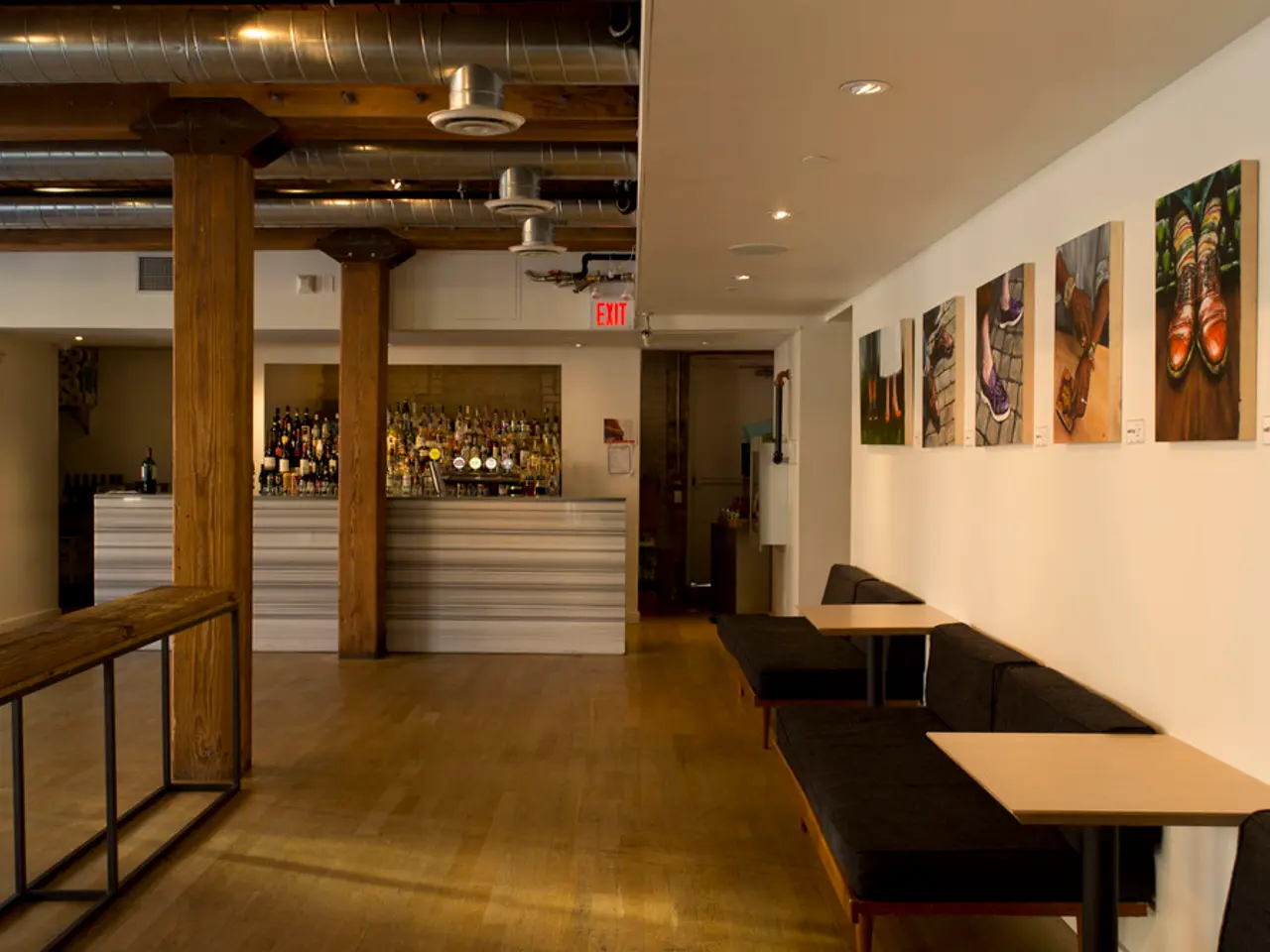Ensuring safety and monitoring in a child-friendly escape room setup requires careful planning and precautions.
Setting up an escape room for kids at home is an exciting way to foster a challenging mindset and promote problem-solving skills. However, safety and age-appropriateness are crucial considerations to ensure that the experience is enjoyable, educational, and safe for your little explorers. Here are some essential guidelines to help you create a child-friendly escape room at home.
First and foremost, conduct a thorough risk assessment of the escape room setup to identify any potential hazards. Ensure the game design adheres to health and safety requirements to avoid accidents. Use safe locking mechanisms, such as child-friendly locks, latches, and puzzles, that don't require excessive strength or pose a choking hazard.
Child-proof the environment by installing safety locks and latches on cabinets and drawers to prevent access to harmful items like medicines, cleaning supplies, or sharp objects. Use safety gates to block off stairs or rooms with potential dangers, ensuring that children cannot easily dislodge them but adults can open them quickly in case of emergency. Apply door knob covers or locks to rooms that are off-limits or could be unsafe for children.
Design puzzles with a logical progression that encourages exploration without creating frustration. Place clues in safe, accessible locations and avoid puzzles that require unsafe physical exertion or climbing. Create an escape room atmosphere that supports the story but stays safe by avoiding small parts or props that children could swallow and ensuring any props or interactive elements are sturdy and non-toxic.
Supervise children at all times, especially younger kids, to prevent injury and help with puzzles that may be too difficult safely. Avoid confining children in restrictive equipment for extended periods during the activity. Children should have the freedom to move safely to facilitate their physical and cognitive development according to childcare guidelines.
Escape rooms for kids at home should be completed within an hour to accommodate their shorter attention spans. Precious or costly items like jewelry, smartphones, and food should not be brought into the escape room. Electrical sockets in the escape room should be covered with insulators to prevent accidents.
Comfortable clothes or sports outfits are suitable for kids to wear in an escape room. The themes, setups, and level of difficulty in kids' escape rooms are tailored to their age group and developmental stage. Suspenseful music can be used to set the background in a horror, scary, and escape zone mode.
Many parents start training their kids at a young age to learn complex problem-solving while playing and learning. The difficulty level of the escape room should match the capacity of the kids to avoid unnecessary fear and strain. Escape rooms for kids have simple and easy levels, designed according to their capacity and intelligence.
Sharp objects should not be present in the escape room to avoid physical injury or cuts. Time limits should be minimum for small kids and gradually increase as their escaping capacity improves. Setting up an escape room at home is feasible and requires minimal investment.
Discuss safety rules and guidelines with the escape room master for added safety. Escape rooms serve to prepare people for challenging tasks and complexities of life. They are a practical and fun way to enhance problem-solving skills and build confidence. Puzzles in the escape room should require observation, use of ears, and mental ability.
In conclusion, an escape room for kids at home should be a safe, well-supervised environment with childproofed hazards, age-appropriate and solvable puzzles, and an engaging theme that balances fun with safety. By following these guidelines, you can create an exciting and safe escape room experience for your kids at home.
The design of puzzles and the home environment should reflect both the 'lifestyle' and 'home-and-garden' as parents aim to foster a positive, educational, and stimulating atmosphere for their children. Parents should child-proof cabinet locks and latches, install safety gates, and use door knob covers to ensure a childproof setup for the escape room.
To create an escape room atmosphere that supports the story while staying safe, parents should design puzzles with a logical progression, place clues in safe and accessible locations, and avoid small parts or props that could potentially pose a choking hazard. Additionally, sharp objects and electrical sockets should be avoided for safety reasons.




